In recent months, the transition of iPhones to USB-C has been constantly discussed, which will eventually force the decision of the European Union, according to which smaller electronics with a unified connector for charging must start being sold from autumn 2024. Practically all devices falling into this category will have to have a USB-C port with Power Delivery support. Specifically, it will not only concern mobile phones, but also smartphones, tablets, speakers, cameras, wireless headphones, laptops and a number of other products. But the question remains, why does the EU actually want to force the transition to USB-C?
It could be interest you
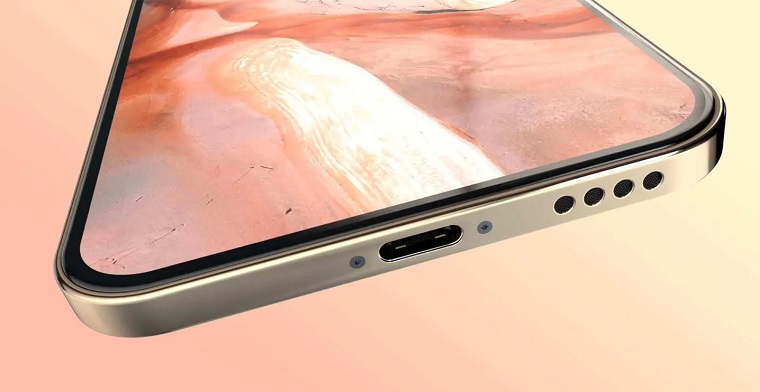
USB-C has become something of a standard in recent years. Although no one forced electronics manufacturers to use it, almost the whole world slowly switched to it and bet on its benefits, which primarily consist in universality and high transmission speed. Apple was perhaps the only one who resisted the transition tooth and nail. He's stuck with his Lightning so far, and if he didn't have to, he'd probably continue to rely on it. There's really nothing to be surprised about. The use of the Lightning connector makes Apple a lot of money, as the manufacturers of Lightning accessories have to pay them license fees to meet the official MFi (Made for iPhone) certification.
Why the EU is pushing for a single standard
But let's go back to the original question. Why the EU is pushing for a single standard for charging and trying at all costs to push USB-C as the future for smaller electronics? The main reason is the environment. According to the analyses, roughly 11 tons of electronic waste consists of just chargers and cables, which was confirmed by a European Union study from 2019. The goal of introducing a uniform standard is therefore clear – to prevent waste and bring a universal solution that could reduce this disproportionate amount of waste over time. Sustainability also plays an important role. A uniform standard will thus allow users to share their adapter and cable with others across various products.
The question is also why the EU decided on USB-C. This decision has a relatively simple explanation. USB Type-C is an open standard that falls under the USB Implementer's Forum (USB-IF), which includes a thousand hardware and software companies. At the same time, as we mentioned above, this standard has been adopted by practically the entire market in recent years. We could even include Apple here - it relies on USB-C for its iPad Air/Pro and Macs.

How the change will help consumers
Another interesting point is whether this change will help consumers at all. As already mentioned, the primary goal is to reduce the enormous amount of e-waste with respect to the environment. However, the transition to a universal standard will also help individual users. Whether you want to switch from the iOS platform to Android or vice versa, you will be sure that you can get by with one and the same charger and cable in both cases. These will of course also work for the aforementioned laptops, speakers and a number of other devices. In a way, the whole initiative makes sense. But it will take time before it becomes fully functional. First, we have to wait until the decision enters into force (autumn 2024). But then it will still take years before the majority of all users switch to newer models equipped with a USB-C connector. Only then will all the benefits become apparent.
It could be interest you
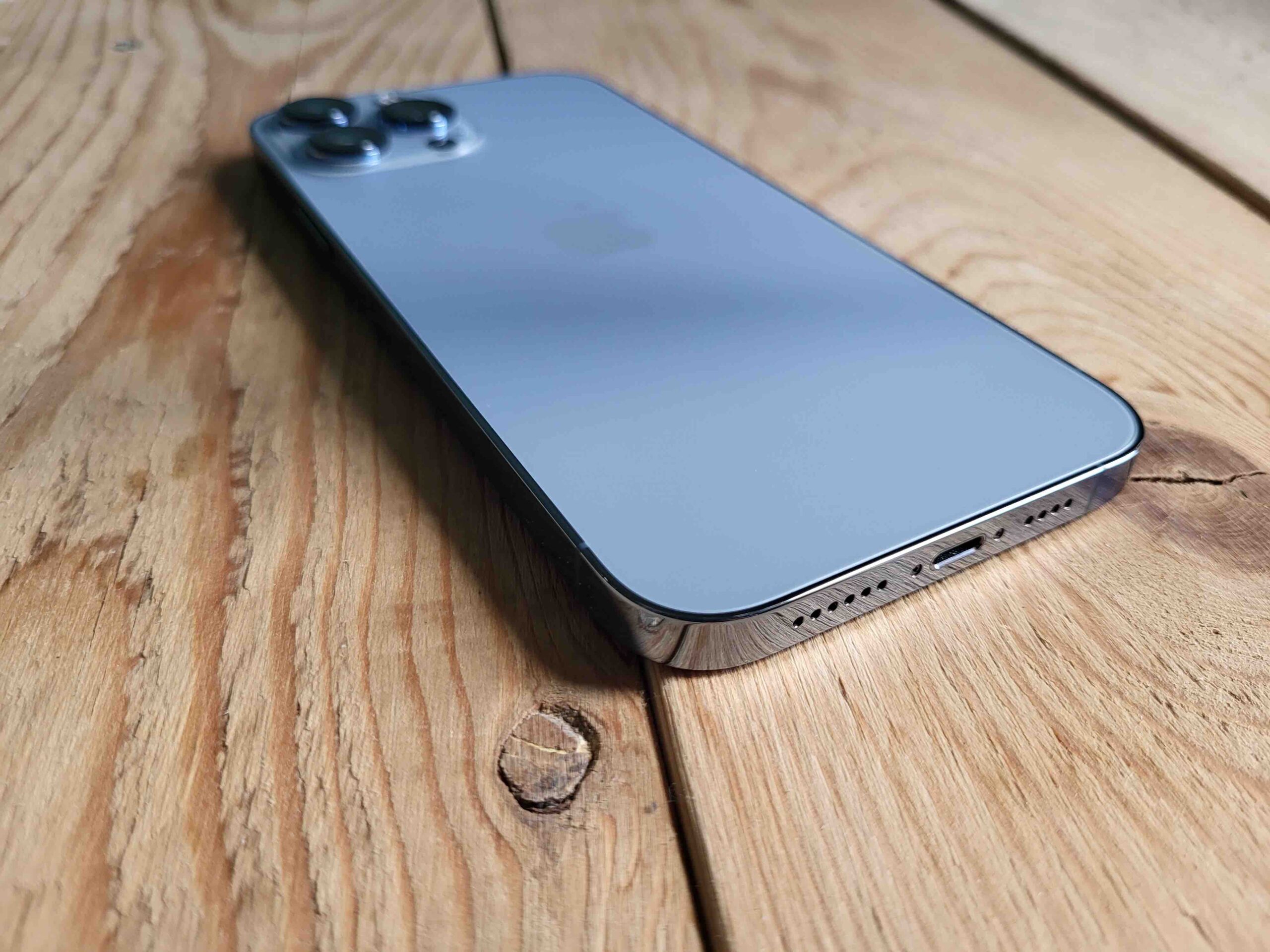
Not only the EU
The European Union has been debating a forced switch to USB-C for years, and only now has it succeeded. This probably also caught the attention of senators in the United States, who would like to follow in the same footsteps and thus follow the steps of the EU, i.e. introduce USB-C as a new standard in the USA as well. However, it is still unclear whether the same change will occur there. As already mentioned, it took years to push through the change on EU soil before the actual conclusion was reached. Therefore, the question is how successful they will be in the states.
 Flying around the world with Apple
Flying around the world with Apple 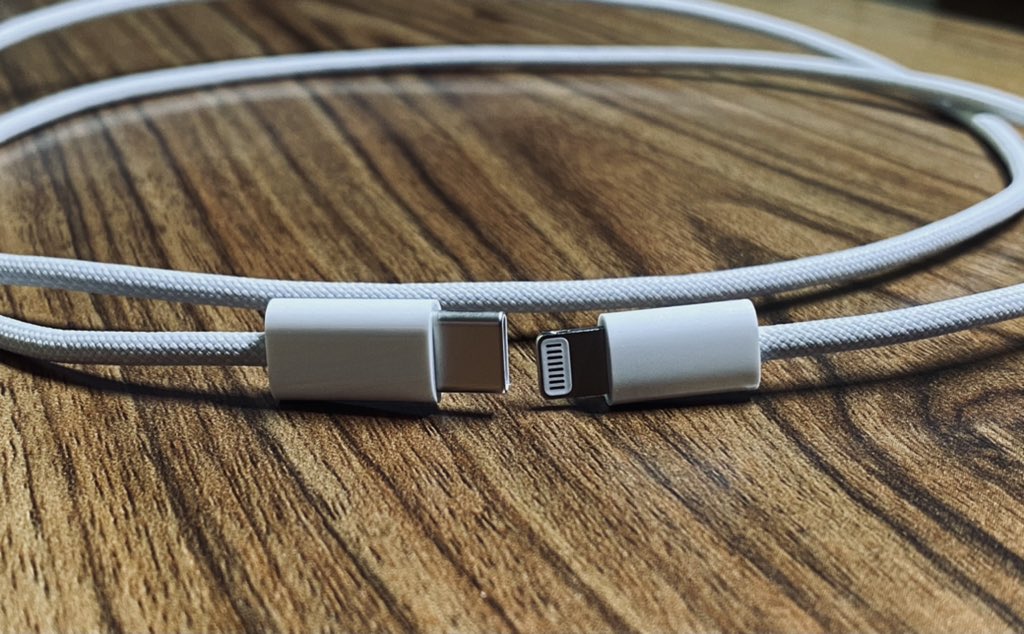
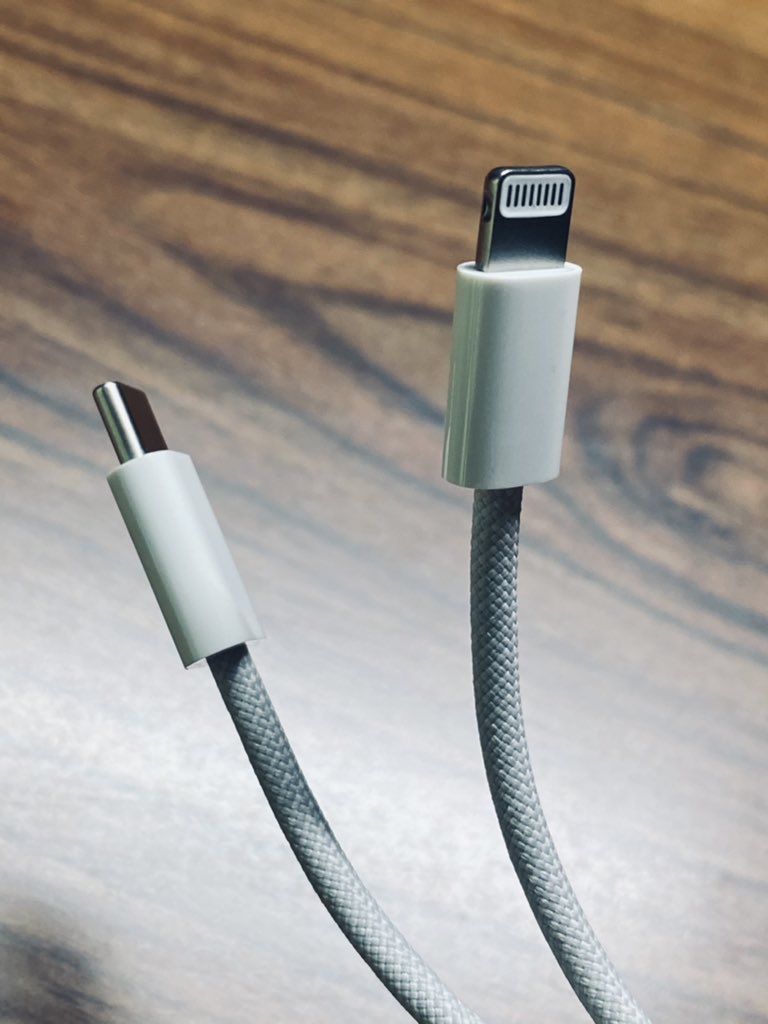


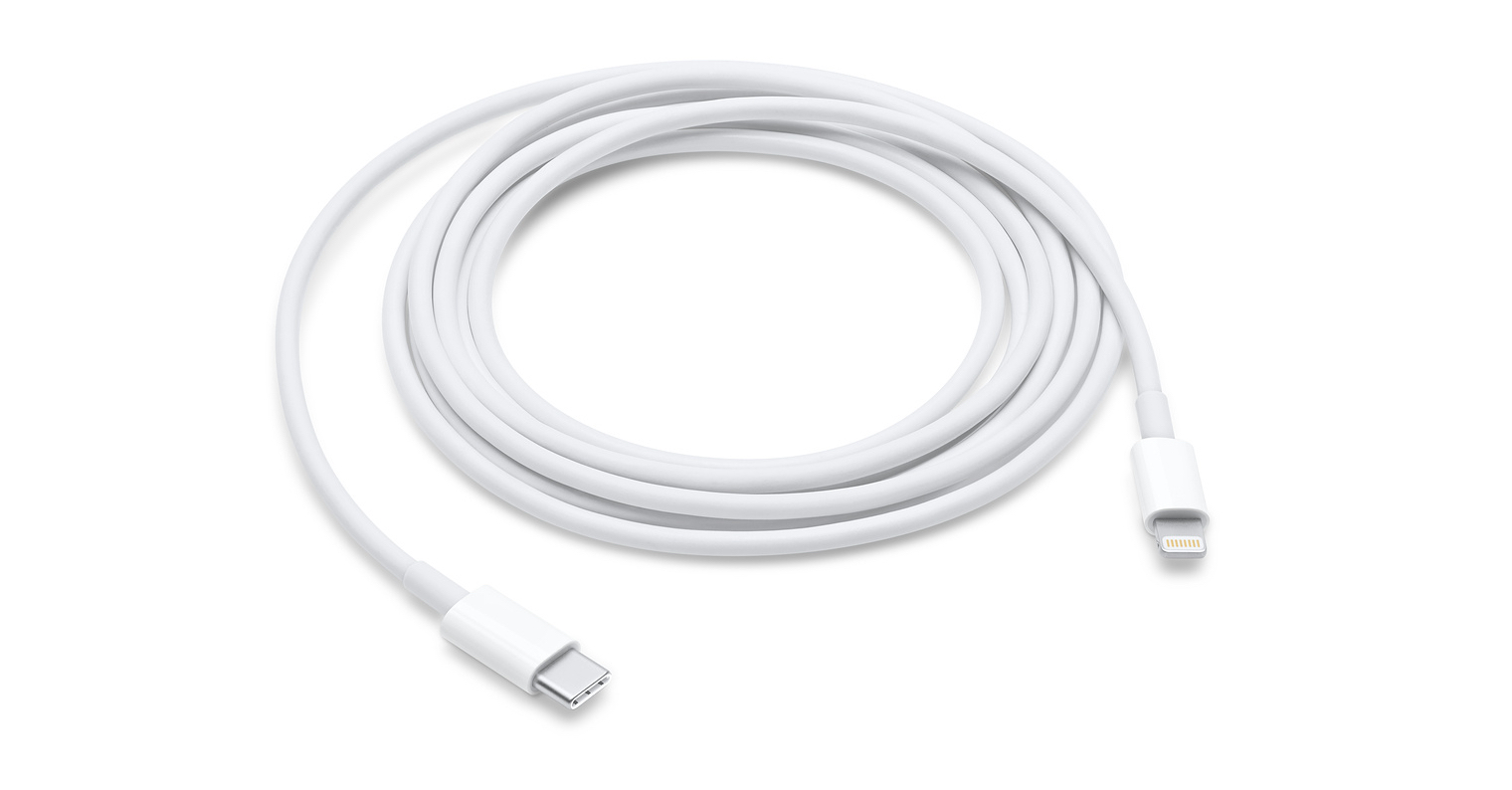
 Adam Kos
Adam Kos